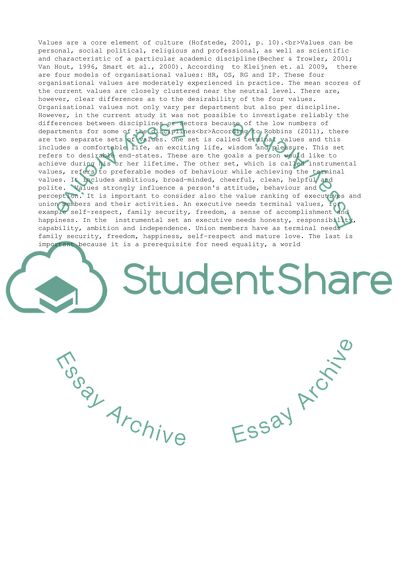Cite this document
(“HR Essay Example | Topics and Well Written Essays - 1000 words - 3”, n.d.)
HR Essay Example | Topics and Well Written Essays - 1000 words - 3. Retrieved from https://studentshare.org/management/1587344-hr
HR Essay Example | Topics and Well Written Essays - 1000 words - 3. Retrieved from https://studentshare.org/management/1587344-hr
(HR Essay Example | Topics and Well Written Essays - 1000 Words - 3)
HR Essay Example | Topics and Well Written Essays - 1000 Words - 3. https://studentshare.org/management/1587344-hr.
HR Essay Example | Topics and Well Written Essays - 1000 Words - 3. https://studentshare.org/management/1587344-hr.
“HR Essay Example | Topics and Well Written Essays - 1000 Words - 3”, n.d. https://studentshare.org/management/1587344-hr.


